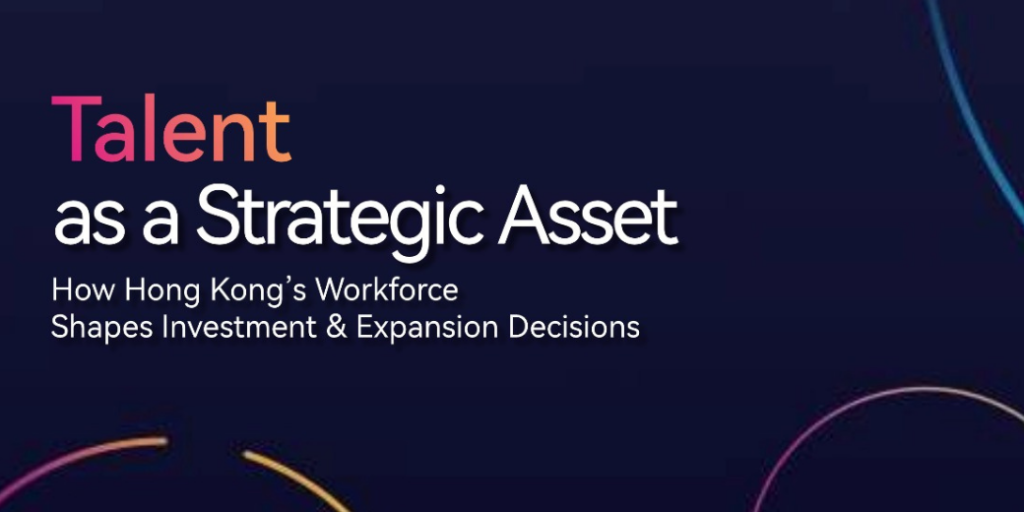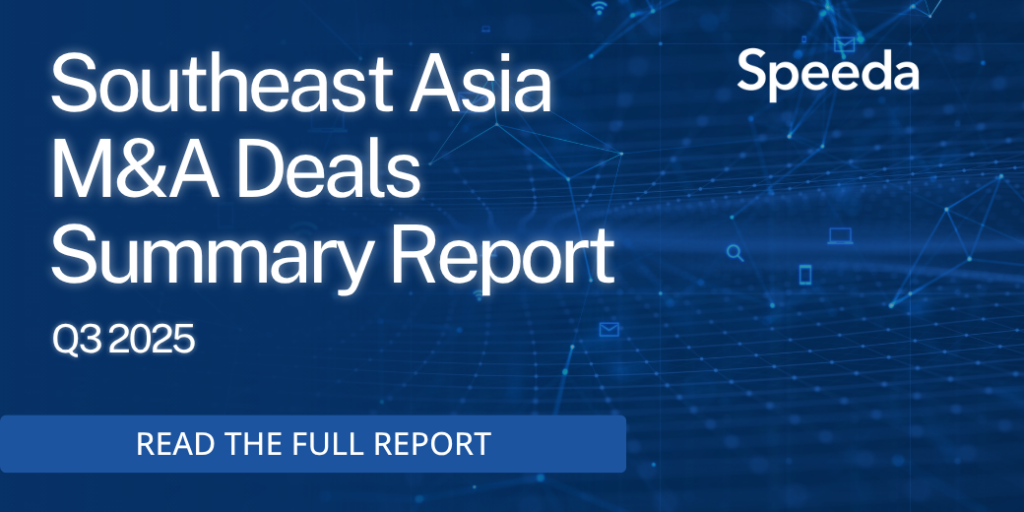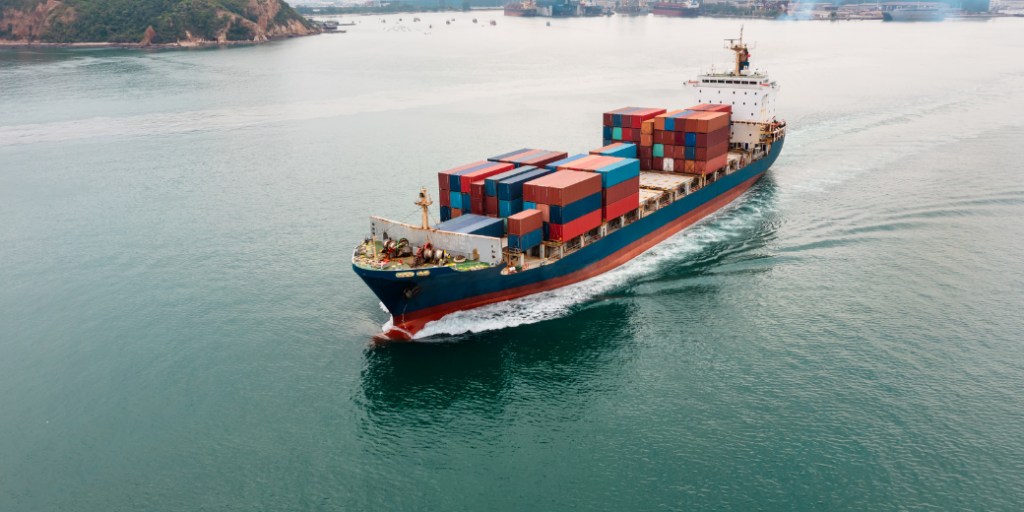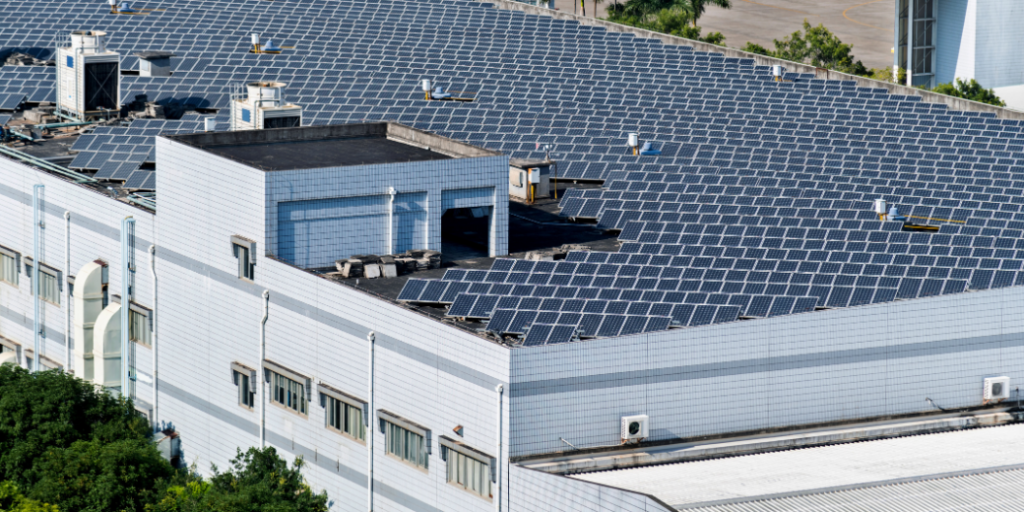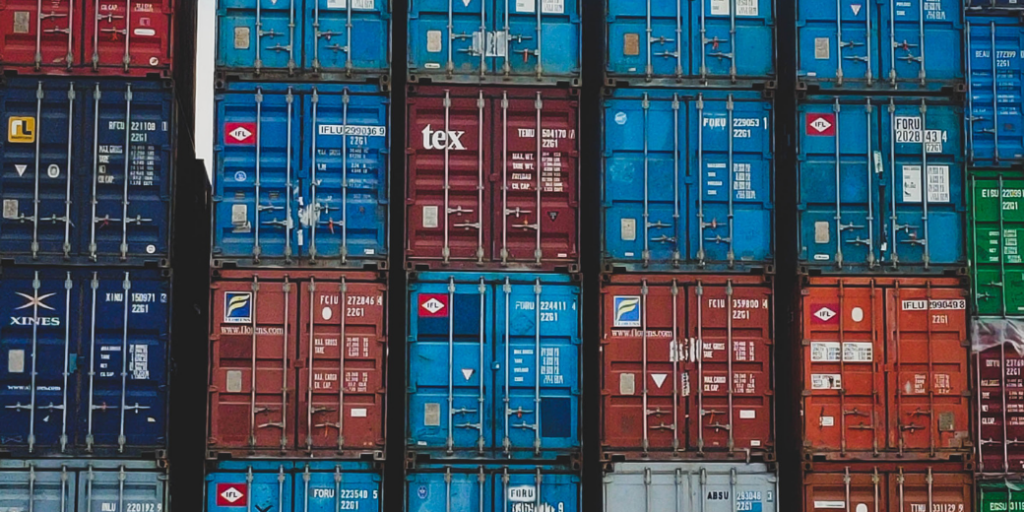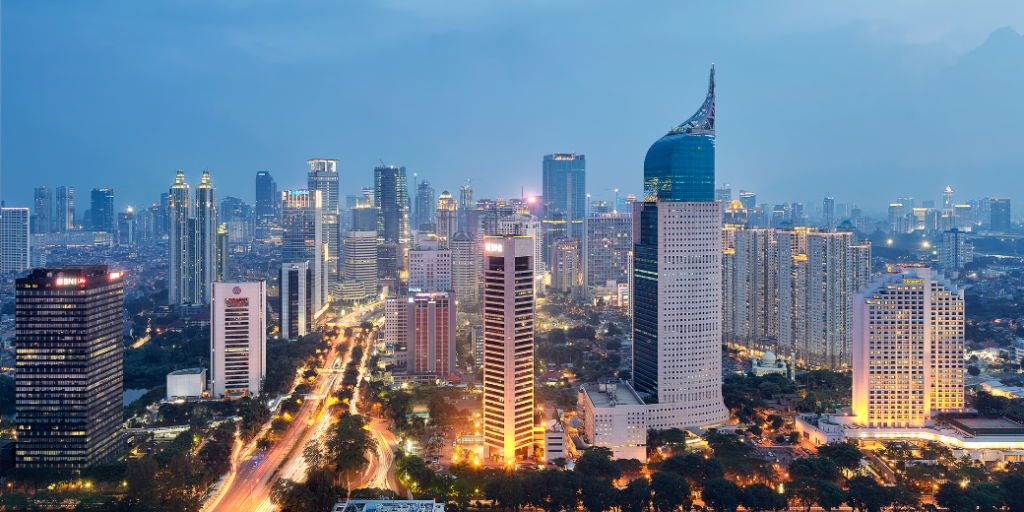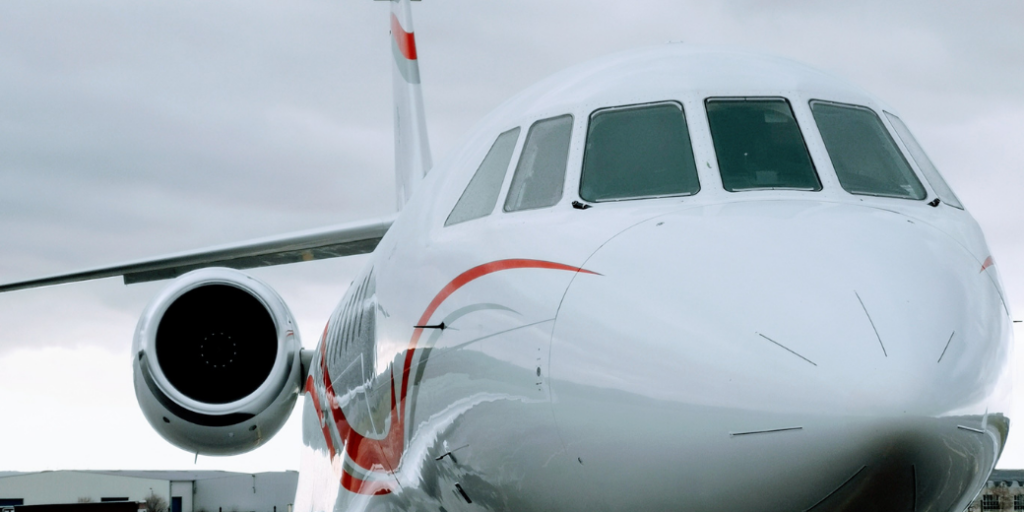Trend Reports
Why Cybersecurity Demand Is Surging in Southeast Asia

Summary
Southeast Asia’s cybersecurity market grows fast as digital threats rise. SMEs, cloud services, and AI are reshaping the region’s security future.
Cyber Threats Mount as ASEAN Digitalises at Speed
| ASEAN’s digital boom fuels cybersecurity urgency
Southeast Asia (SEA) is undergoing rapid digital transformation, prompting a parallel surge in cybersecurity investment and urgency. The regional market is expected to expand at a CAGR of 17%—reaching USD 12 billion by 2030. Key growth drivers include increased IT investment, limited digital literacy, and rising geopolitical tension. Indonesia, with its expanding digital economy and burgeoning fintech sector, is set to spearhead this growth.
The average cost of a data breach in ASEAN reached USD 3.2 million in 2024—a 6% YoY increase. While lower than figures in the US or Japan, this trajectory underscores the region’s growing vulnerability. Countries like Singapore, Thailand, and Vietnam reported the highest number of attacks, often targeting their most critical sectors: manufacturing in Thailand and Malaysia, financial institutions in Vietnam, and tech firms in Singapore.
| Malware, ransomware and scams dominate the landscape
Malware, particularly ransomware, remains the most prominent threat due to high success rates in ransom collection and poor cyber hygiene. In 2023, over half of SEA consumers encountered scams weekly, reflecting high exposure to social engineering attacks. Alarmingly, 66% of organisations and 77% of individuals experienced data leaks, with individuals suffering more frequent financial losses—largely due to the lack of cybersecurity insurance, personal data protection tools, or recovery support.
High-profile breaches across critical infrastructure in Malaysia, Indonesia, and the Philippines have further exposed systemic weaknesses. Expired antivirus software, inadequate backups, and poor incident response strategies created prolonged service outages, highlighting a stark need for foundational improvements in cyber hygiene and resilience.
Source: US International Trade Association based on Google, Temasek, and Bain & Company | Positive Technologies | GASA and Gogolook
Policy Evolution Shows Progress, But Fragmentation Remains
| Regional initiatives underway, but adoption uneven
Policy coordination is improving, but ASEAN still faces challenges in harmonising legal frameworks. The ASEAN Cybersecurity Cooperation Strategy 2021–2025 aims to support the region’s digital economy ambitions by building shared norms, promoting international standards, and encouraging public-private partnerships. A key milestone came in 2024 with the launch of the ASEAN Regional Computer Emergency Response Team (CERT) in Singapore—tasked with strengthening cross-border collaboration.
However, varying levels of legal maturity among ASEAN countries limit the effectiveness of regional strategies. Institutional silos, voluntary adoption of norms, and inconsistencies in enforcement prevent seamless cybersecurity coordination.
| Singapore and Malaysia lead; others play catch-up
Singapore continues to lead the region, having passed amendments to its Cybersecurity Act in 2024 that broadened regulatory coverage to essential services and systems of temporary concern. Malaysia followed suit with its Cyber Security Act 2024, which now mandates timely incident reporting, annual risk assessments, and compliance audits for critical sectors.
Indonesia and the Philippines, meanwhile, lack dedicated cybersecurity laws. Indonesia relies on broader IT regulations under its Electronic Information and Transactions Law, while the Philippines uses a patchwork of criminal and cybercrime-related provisions. These fragmented approaches hinder consistent enforcement, reduce trust in digital systems, and exacerbate vulnerability in cross-border engagements.
Source: International Telecommunication Union | Tech for Good Institute
SEA’s Cyber Market Landscape Offers Varied Entry Points
| Mature markets consolidated, but room exists in growth hubs
SEA’s cybersecurity landscape is a tale of two speeds. In countries like Singapore, Malaysia, and the Philippines, the market is relatively mature and consolidated, with dominant players offering a wide range of services. Conversely, Indonesia, Vietnam, and Thailand remain highly fragmented and competitive—presenting ripe opportunities for new entrants, local partnerships, and differentiated services.
Global giants such as Fortinet, Cisco, and Trend Micro are already capitalising. Cisco has partnered with Singapore’s Cyber Security Agency to enhance national cyber resilience. Trend Micro has deepened its regional footprint by launching its AMEA headquarters and threat intelligence centre in Singapore, while Fortinet has targeted 40–50% annual growth in Thailand.
| Cloud-first strategies elevate demand for security solutions
Cloud security is emerging as the most pressing domain within SEA’s cybersecurity framework. The regional cloud market is expected to reach USD 513 billion by 2033, yet security measures have not kept pace. Misconfigurations, poor visibility, and shared responsibility models make cloud environments particularly vulnerable.
Vendors are responding with Zero Trust frameworks, Cloud Security Posture Management (CSPM), and automated threat detection tools. Providers such as Zscaler, Palo Alto Networks, and CrowdStrike are rapidly gaining traction. Managed cloud security services from consulting giants like Accenture and Deloitte are also supporting enterprise adoption, especially for those lacking internal expertise.
Human Capital Constraints Undermine Regional Readiness
| Talent shortages drive demand for outsourced cybersecurity
The scarcity of cybersecurity professionals is one of SEA’s most pressing structural issues. In 2024, 84% of organisations in Malaysia and the Philippines, and 74% in Singapore and Indonesia, struggled to find suitably qualified candidates. The talent gap has compelled many organisations to rely on outsourced services, such as Managed Detection and Response (MDR) and Security Orchestration, Automation and Response (SOAR).
Providers such as Ensign InfoSecurity and ArmourZero are filling this void by offering 24/7 monitoring, real-time incident response, and continuous threat analysis. Certification bodies like (ISC) and institutions like the National University of Singapore are expanding training initiatives, but the region’s needs continue to outpace supply.
| SMEs remain highly vulnerable and under-resourced
Small and medium-sized enterprises (SMEs)—which account for a large portion of SEA’s economy—are especially vulnerable. Around 43% of cyberattacks in the region target SMEs, who often lack the financial and technical resources to build robust defences. Survey data reveals that 40% of IT decision-makers were unaware if their systems had been breached—indicating poor visibility and maturity.
To address this, a growing number of SMEs are embracing Cybersecurity-as-a-Service (CaaS), delivered by Managed Service Providers. With 63% of surveyed enterprises expressing interest in MSP partnerships, vendors like Palo Alto Networks and Exclusive Networks are stepping in with scalable, AI-enhanced solutions. Government efforts, such as CyberSecurity Malaysia’s StarSentry platform, are also helping raise SME cyber readiness.
Source: IMARC Group | Tech Republic | ERIA | Cybersecurity Asia | Access Partnership | CDNetworks
AI Brings Dual Edge: Strategic Insight and Security Risk
| Widespread AI adoption powers smarter security operations
Artificial Intelligence is widely adopted across SEA cybersecurity frameworks in 2025, particularly in threat detection, intelligence, and recovery. Countries like Thailand and Singapore lead in AI deployment, with more than 90% of security functions now incorporating AI-driven tools. The rise of generative AI has expanded real-time analytics, predictive modelling, and automated response capabilities—helping organisations keep pace with increasingly complex threats.
| But vulnerabilities and ethical risks persist
However, SEA’s AI adoption is not without pitfalls. A 2024 survey indicated that over 76% of APAC cybersecurity leaders were concerned about AI-specific vulnerabilities, including data poisoning, model manipulation, and adversarial attacks. Privacy concerns and governance issues—such as data misuse and lack of transparency—are nearly as prevalent.
These dualities make AI both a tool and a threat in SEA’s cybersecurity journey. Moving forward, the region will need stronger frameworks to ensure AI is used responsibly and safely—particularly in sectors where real-time decisions can have wide-ranging impacts.
Source: Deloitte | 2025 Cybersecurity Readiness Index – Thailand, Vietnam, Indonesia, Philippines, Malaysia, and Singapore
| Navigate SEA’s Cybersecurity Market with Confidence
Speeda equips professionals with unparalleled access to Asian private company data, over 3,000 in-house industry reports, and in-depth insights into market trends, regulations, and emerging technologies. Whether you’re tracking regional cybersecurity investments, evaluating market entry opportunities, or benchmarking competitors, Speeda’s integrated platform accelerates research and supports smarter decision-making.
Explore the tools trusted by investment banking professionals, private equity firms, M&A specialists, government agencies, corporates, and consulting firms across Southeast Asia—complete with expert network and on-demand customised research.
Start your free trial today and see how Speeda brings clarity and speed to your ASEAN research and data gathering. Visit Speeda to learn more.


